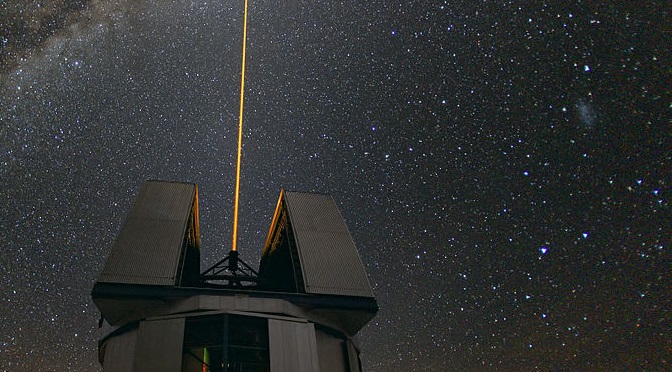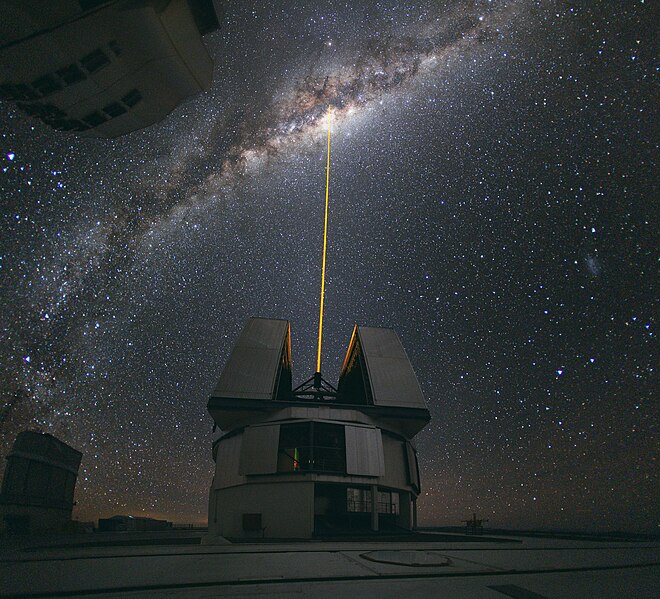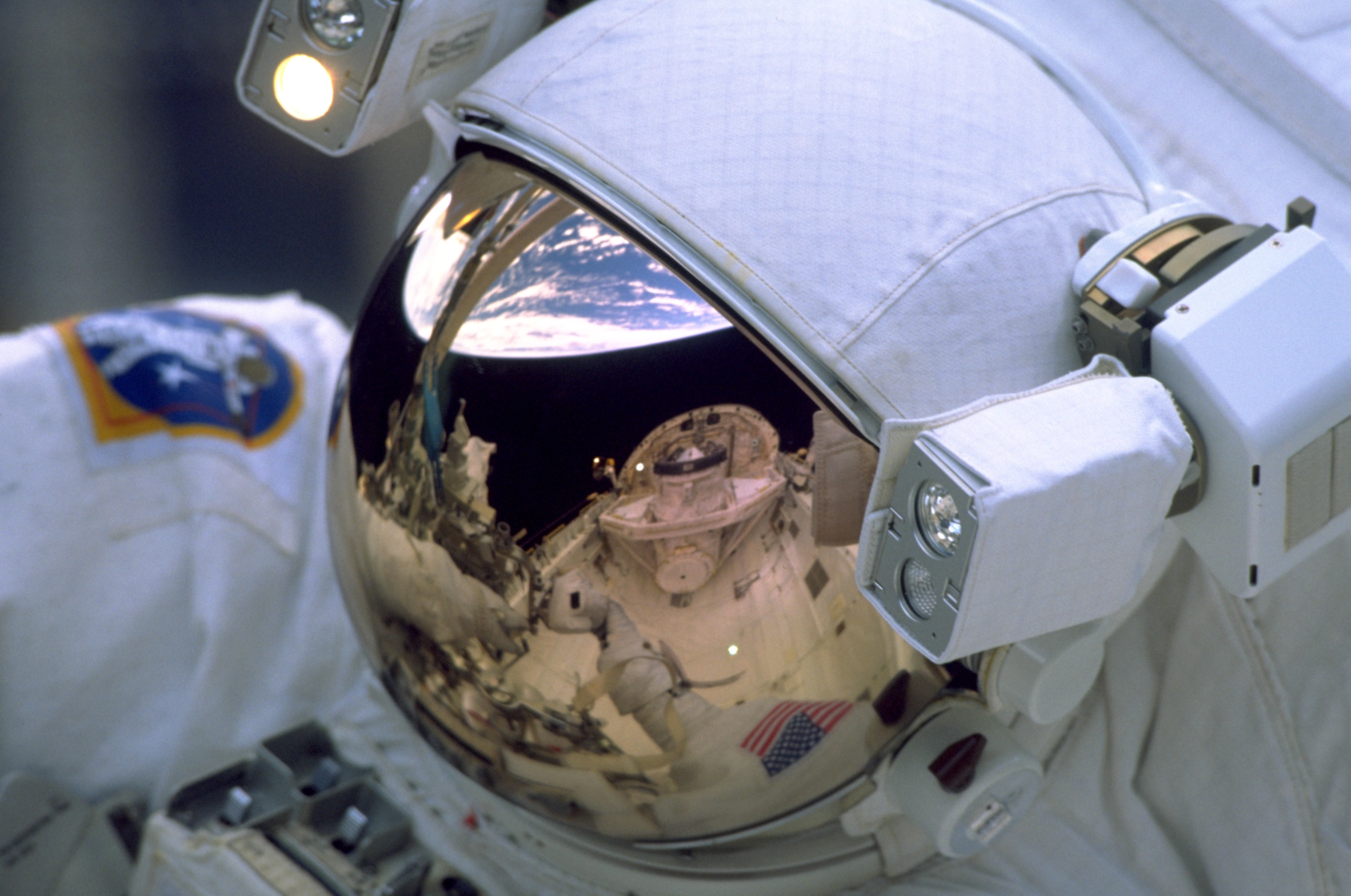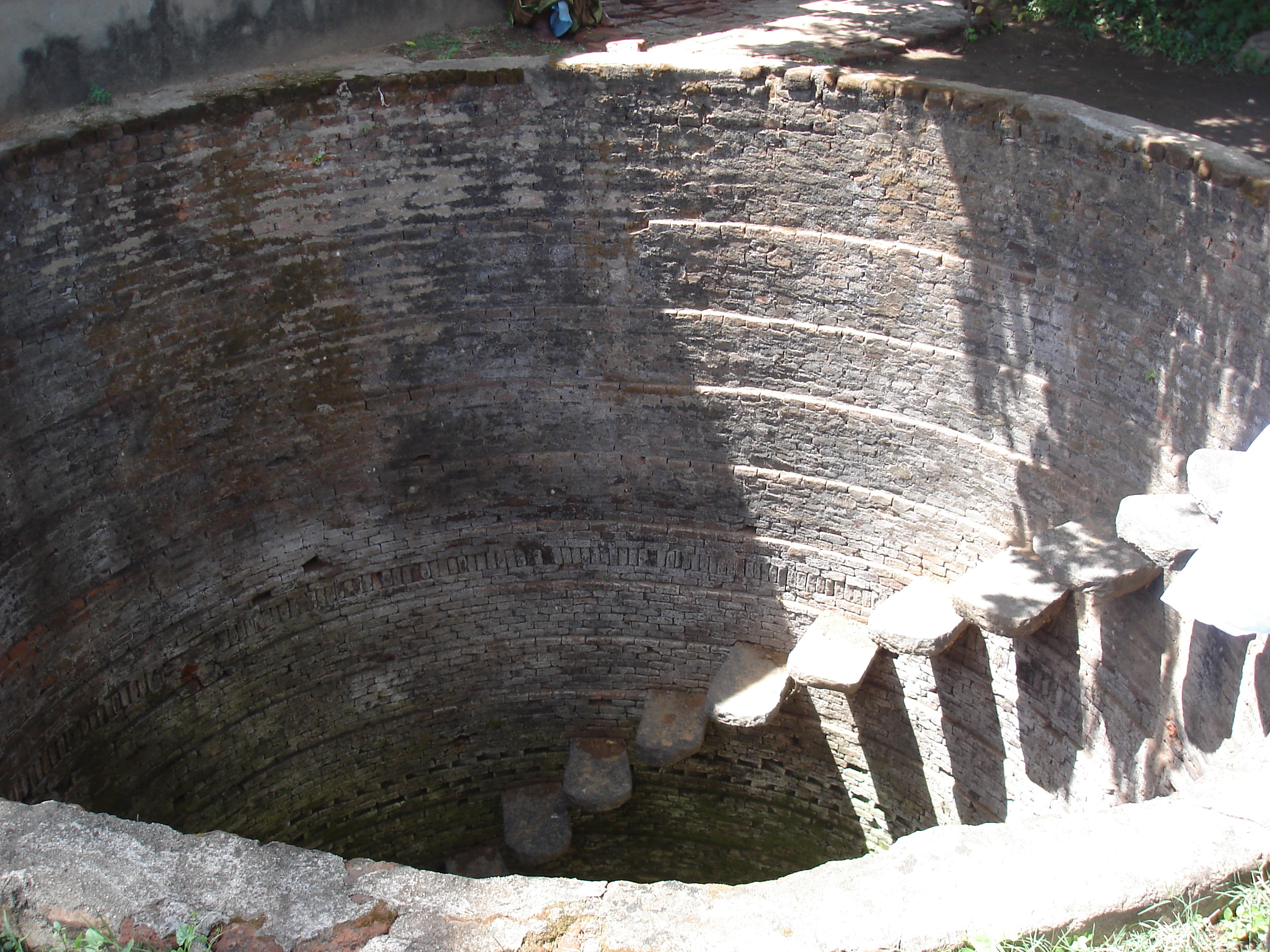
Cosmos is back, and Neil deGrasse Tyson is tooling around the universe in Carl Sagan’s Ship of the Imagination. But suppose someone handed you the proverbial keys? Where in space and/or time would you go?
If you don’t have a ready answer, never fear. I’ve put together an itinerary that can’t fail, whether your tastes run to science or sightseeing. Sure, we might have to break a few physical laws and grow a few extra senses along the way but, hey, it’s not called the Ship of Literal Reality, is it? So hang your fuzzy planets from the rearview and strap in for a star-spanning tour, a jaunt from the local neighborhood to the unreachably distant (and disproportionately dangerous) corners of the universe, en route to…




